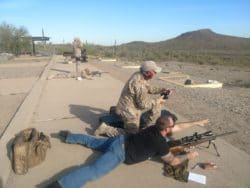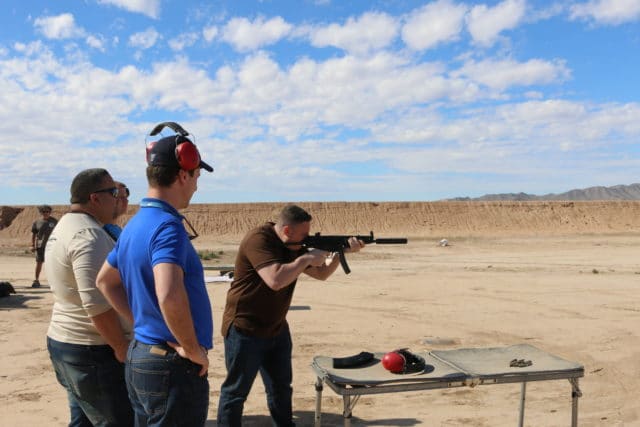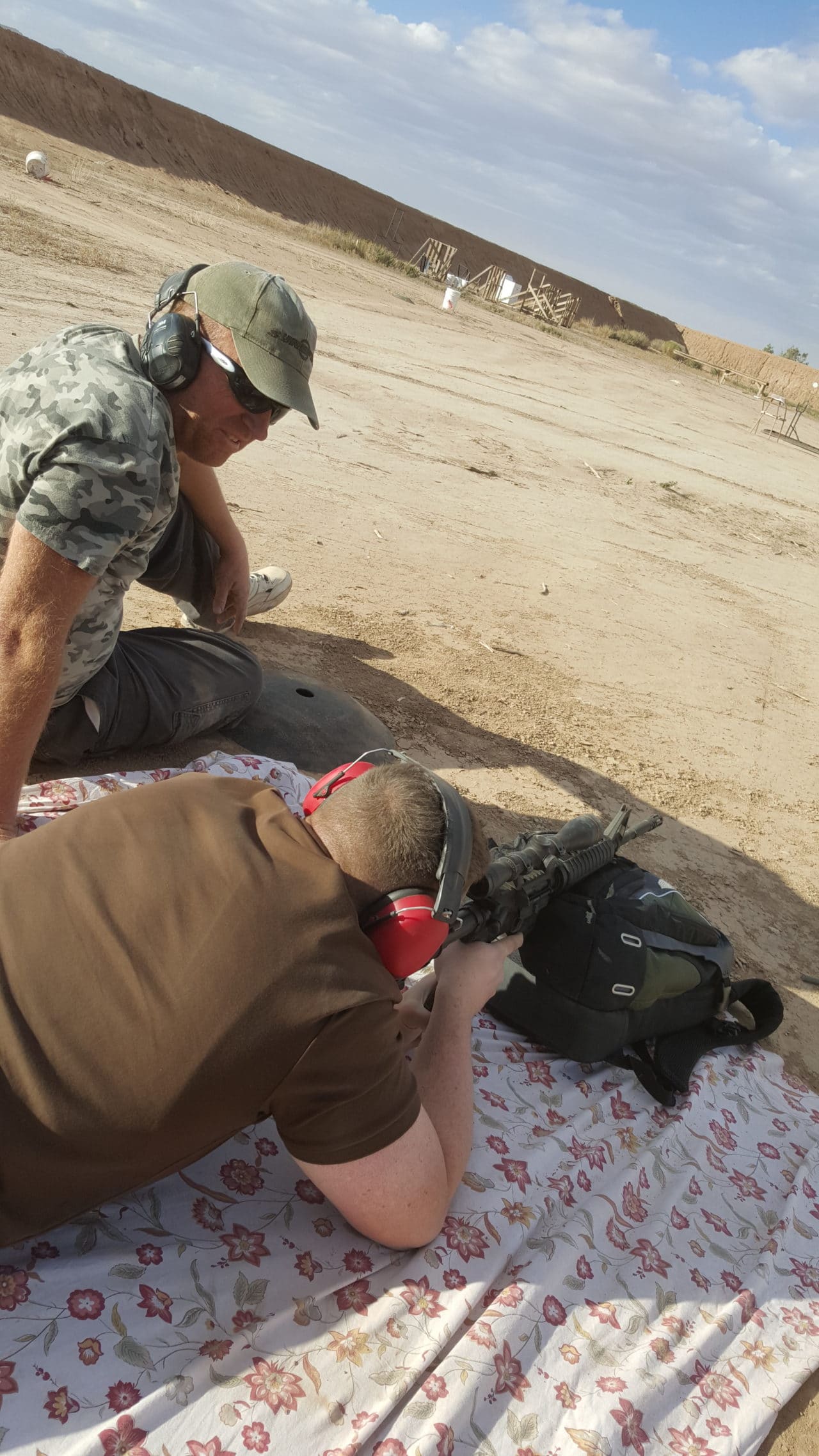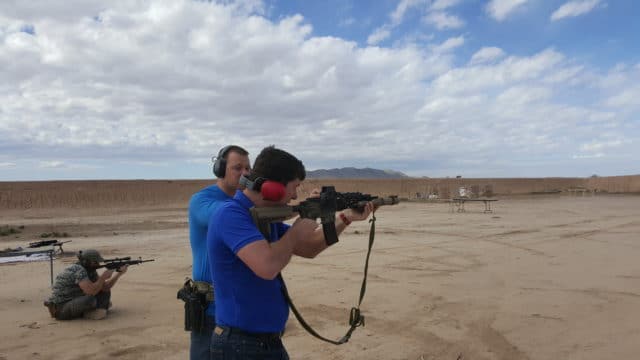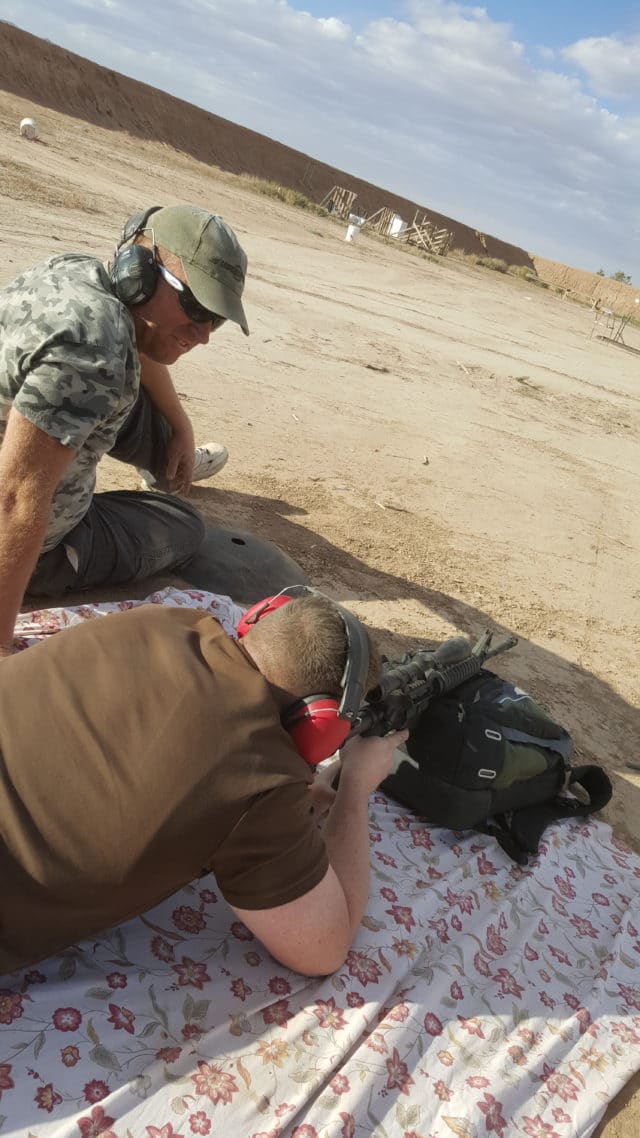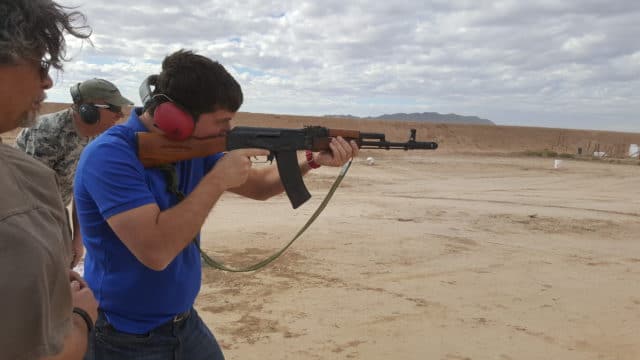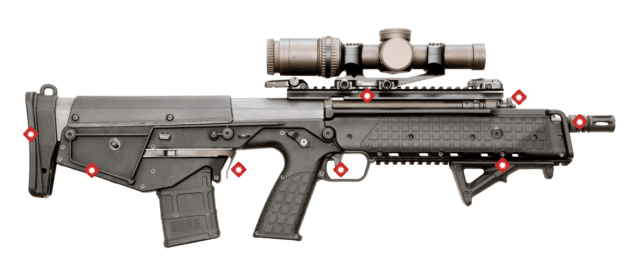
I’m going to start off by saying that without a doubt, I am an AR15 guy. I am a firm believer that Eugene Stoner must have been touched by a beam of light through a thunderstorm, sent by none other than whatever deity in the sky, and blessed him with the design for the AR platform. The ergonomics can be changed indefinitely, the caliber can be infinitely changed, and best of all they can be assembled with basic tools and items owned by any self respecting person with nothing more than a little practice and a working YouTube account. However, there is a time in every rifle lovers life where an AR15 becomes just another AR15. The love is there, but the mind starts to wander to life outside the safe, what strange and foreign alternatives may be available. For me the fascination turned to, “What can I find that nobody else has? What have I never seen at the range?” After scouring the inter-webs and lurking my favorite haunts also known as the gun shop, I was finally intrigued in…..Bullpups.If I still have you here by this point in the article, I am going to assume that you are past the phase of laughing so hard you spilled your bourbon, and on to being just a bit interested in why my curiosity strayed the way it did. Long story short it boiled down to a few reasons for me. The first and most prominent one is the dilemma of overall length to projectile velocity. In most cases, when the barrel length decreases, so does the velocity. This effectively neuters the effectiveness of most rifle calibers, and it is extremely noticeable in the 556 loading. Bullpups solve this problem in its entirety. As the action is in the rear of the rifle, it lends itself to maintain a full length barrel, thus retaining all of that precious velocity while attaining overall lengths usually reserved only for SBR or pistol alternatives. This was extremely appealing to me.Off to the races I went, and my newfound infatuation became a full on affair. For me there were two rifles that captured my attention. The venerable Tavor, and the Kel-tec RDB. While both are bullpups, they are both very different in operation, features, and also in the determining factor of price. While the Tavor was definitely the more proven of the two rifles, the RDB was straight unobtanium, and I liked the ability to have a more versatile adjustable gas system. I also liked the fact that by all accounts, the RDB has a better trigger from the manufacturer, and the idea of spending $1600 on a Tavor and then being forced to spend $250 on a Geiselle trigger was rough on the palate. By this point I can assume that you know which way I went. After making countless offers on gun broker, I was to be the proud owner of a shiny new RDB.Upon retrieval of my new rifle, there were several things that I noticed right off the bat. Firstly this thing was light. I mean really light. It’s not that the rifle itself was amazingly light when put on the scale, but it was more about the feel of the rifle when it was shouldered. All of the weight was to the rear, that’s where the action, bolt, steel safety plate, and the majority of the barrel reside. This also happens to be where the rifle contacts the shoulder, leaving a polymer hand guard, and half the barrel and piston system out front. This makes the rifle feel much lighter in the hand, and it is very quick to stop when transitioning the rifle from target to target.The second thing that I noticed quickly was the versatility of the adjustable gas piston system. Being honest, tuning the system was a little bit of a pain. Do yourself a huge favor and read the manual. When completed successfully, I was very pleased. The recoil is very mild, and the recoil impulse is different in a very good way. Its almost a two stage affair, and after a brief transition from the AR15 it is very pleasant and easy to manage recoil. The addition of a SilencerCo muzzle brake makes recoil virtually non existent. This set up when tuned properly is very smooth shooting, with extremely low recoil, and very easy to shoot very quickly. I was able to deposit large quantities of brass in neat piles due to the downward ejecting pattern of the rifle, and I found myself ringing steel with near reckless abandon.I have been nothing short of extremely satisfied with my venture into the bullpup world. I have heard the occasional disparaging comment in regards to Kel-tec as a company or their customer service, but I have not found this to be the case in my sample size of one RDB. What I have found is a very sweet shooting rifle that draws both attention, and complements when I take it to the range. It may not be a Steyr Aug, nor is it an IWI Tavor, but it is in my opinion and experience competitive in every way to either. Also of note is that it is half or better the price of both, and for approximately $700 it should at the very least be given a shot at impressing you the way that it has impressed me.


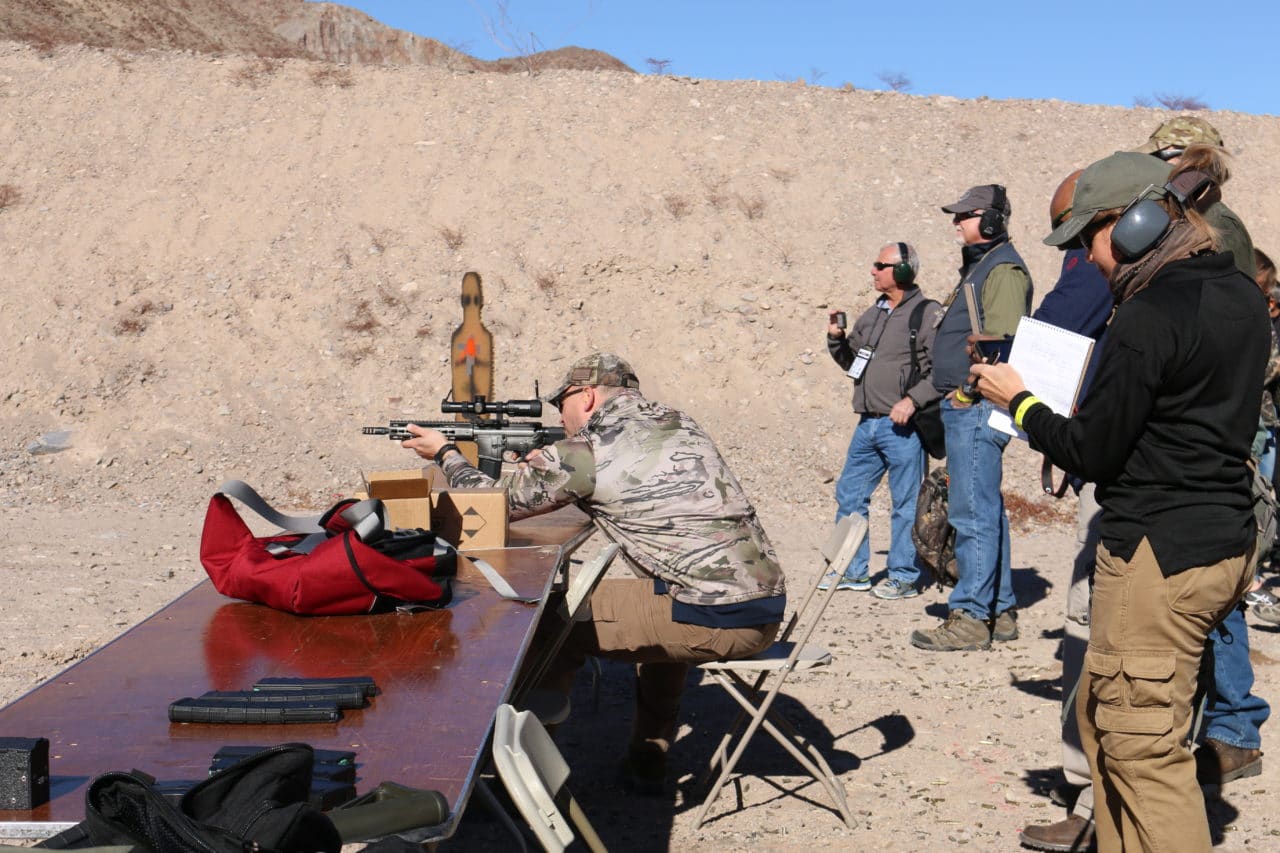
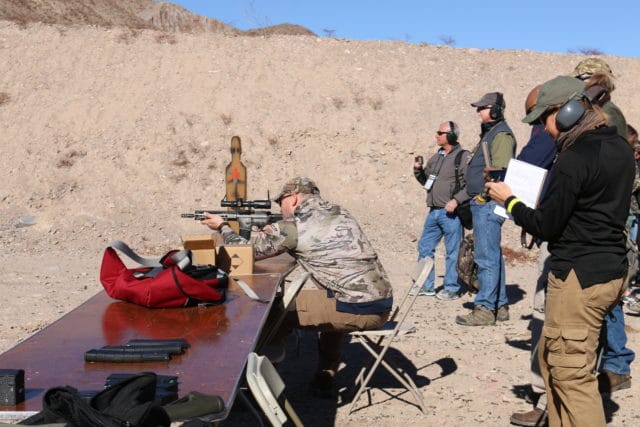
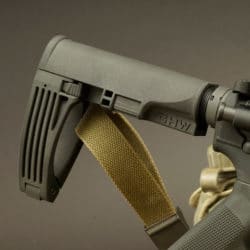
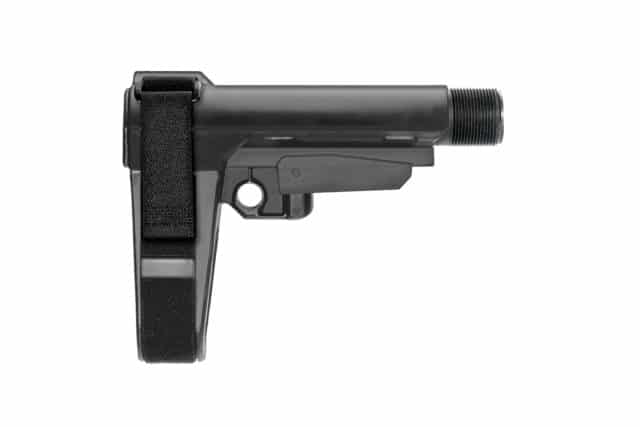
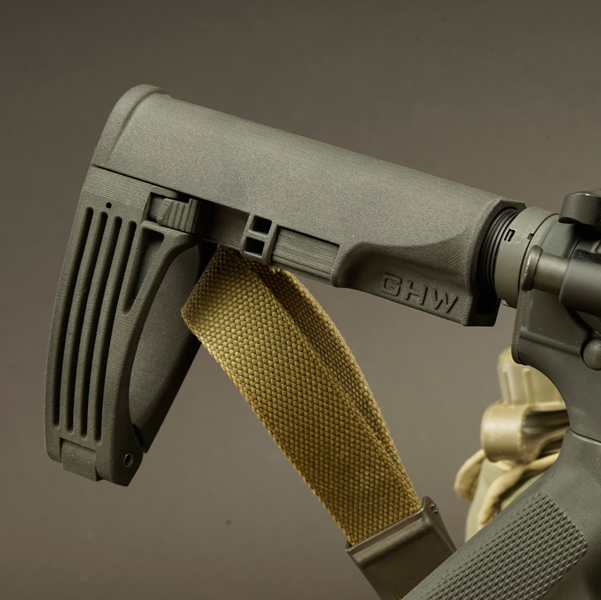 By One Shot D and Erik Wenzel
By One Shot D and Erik Wenzel